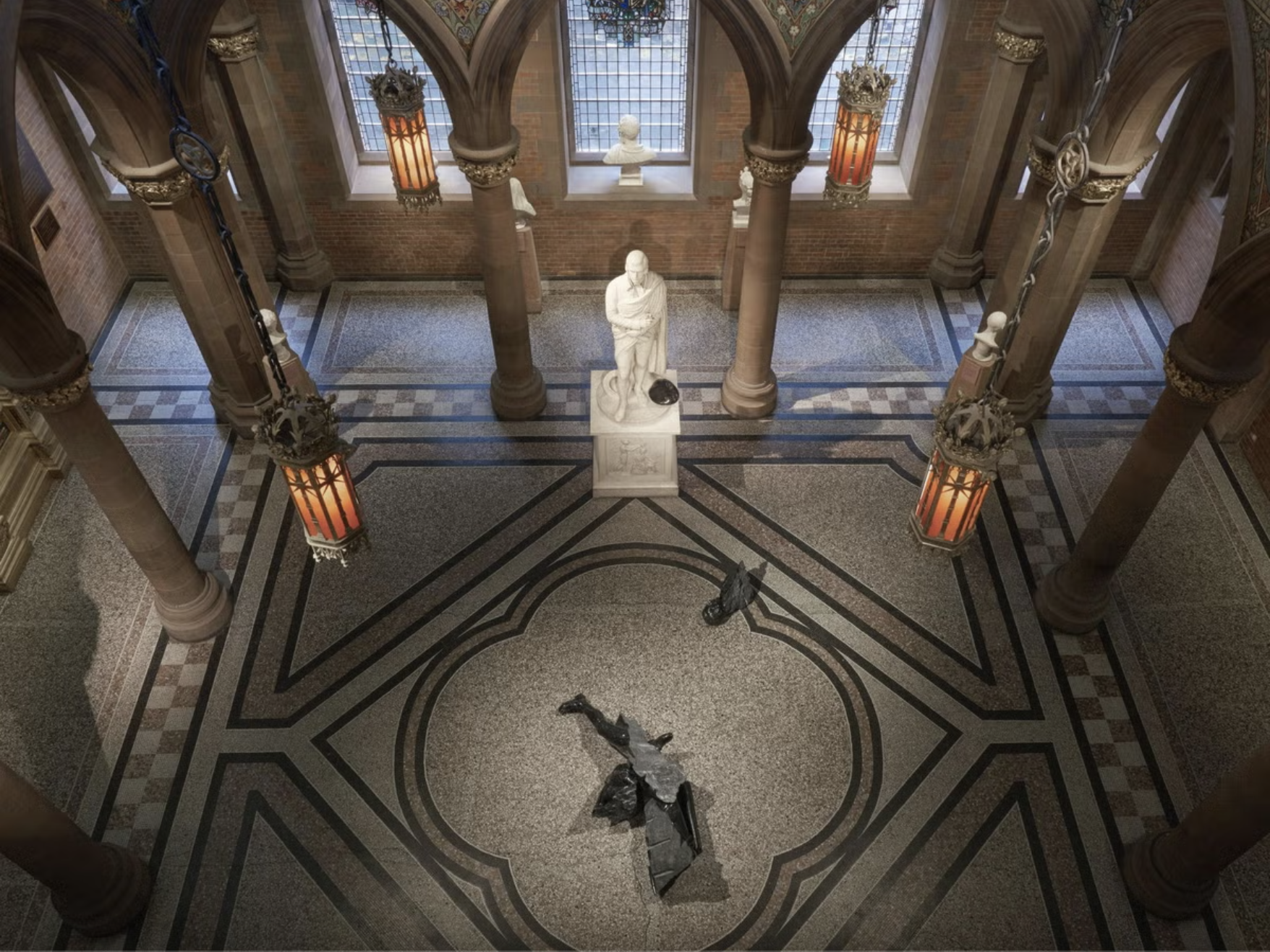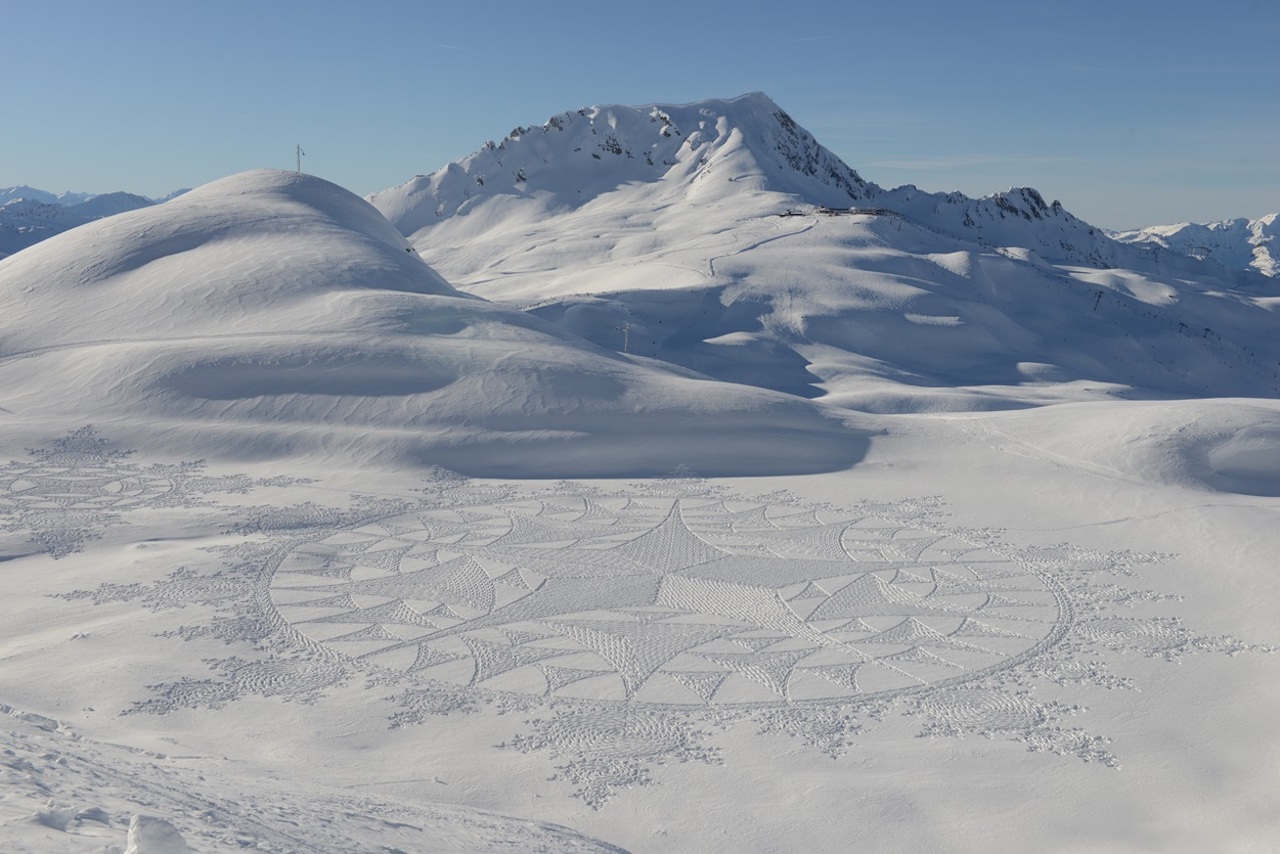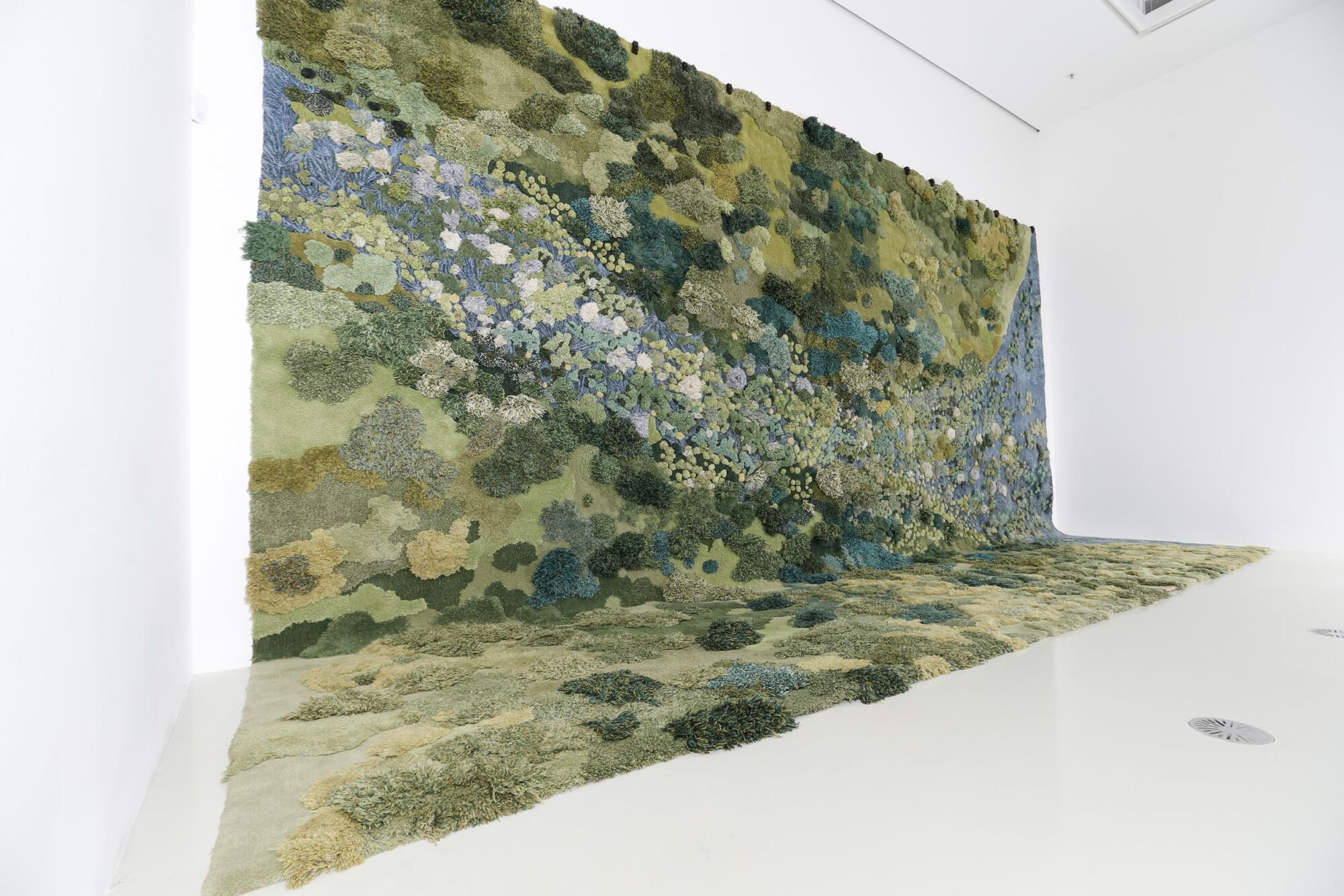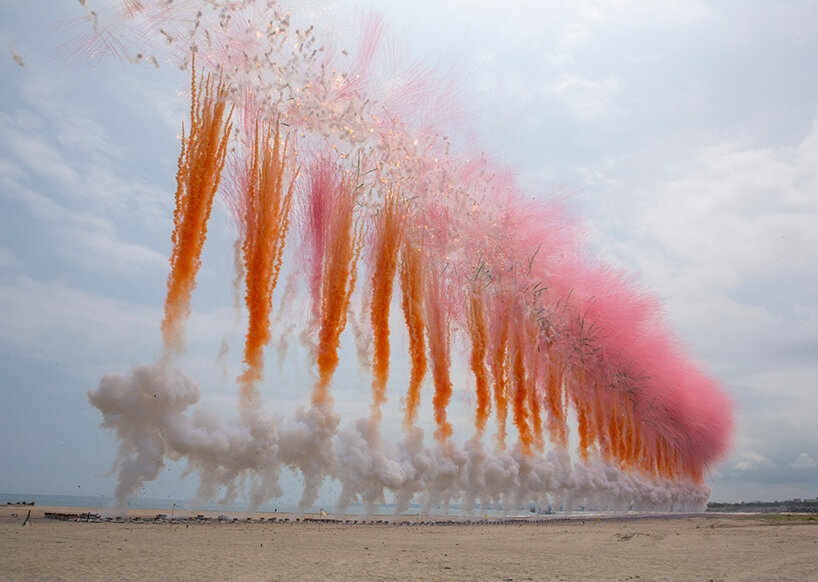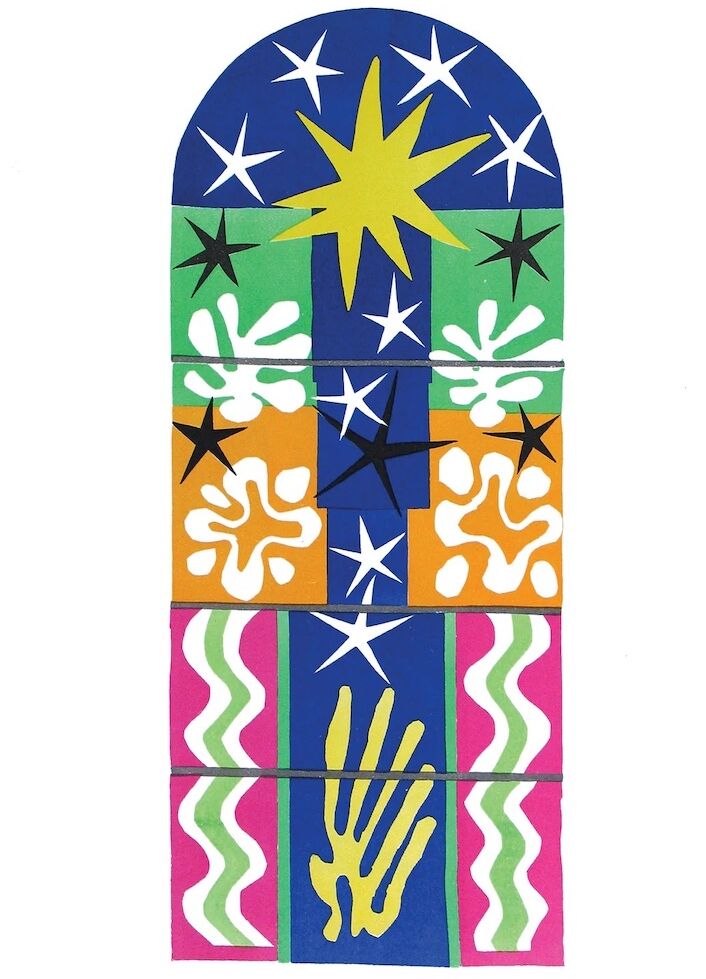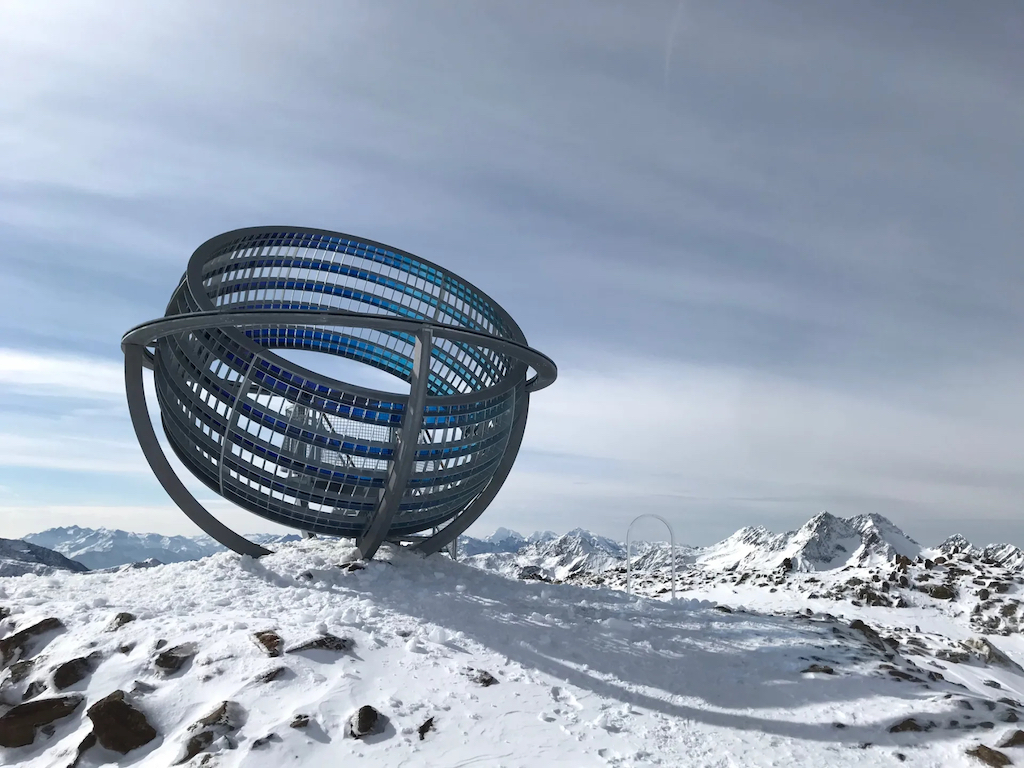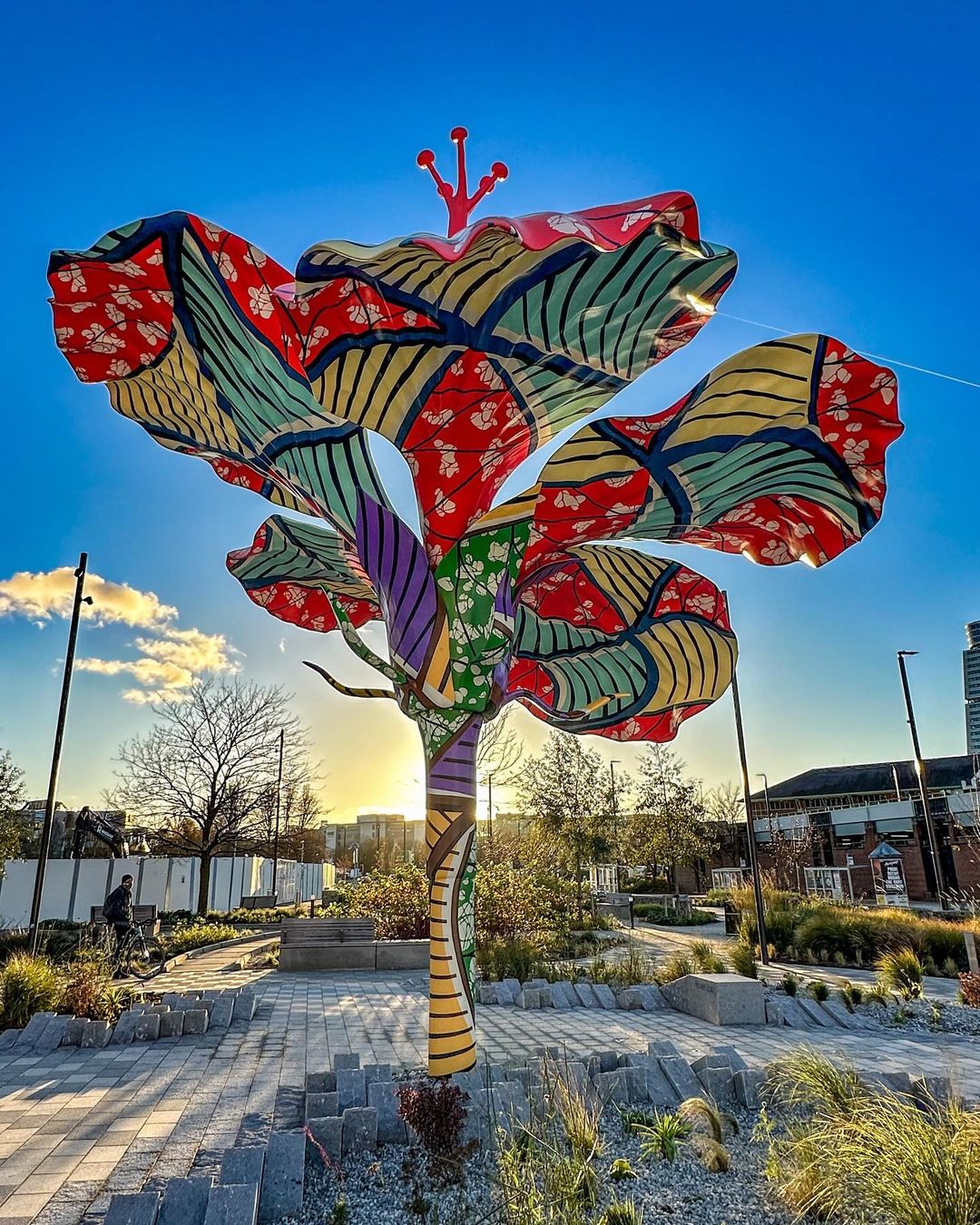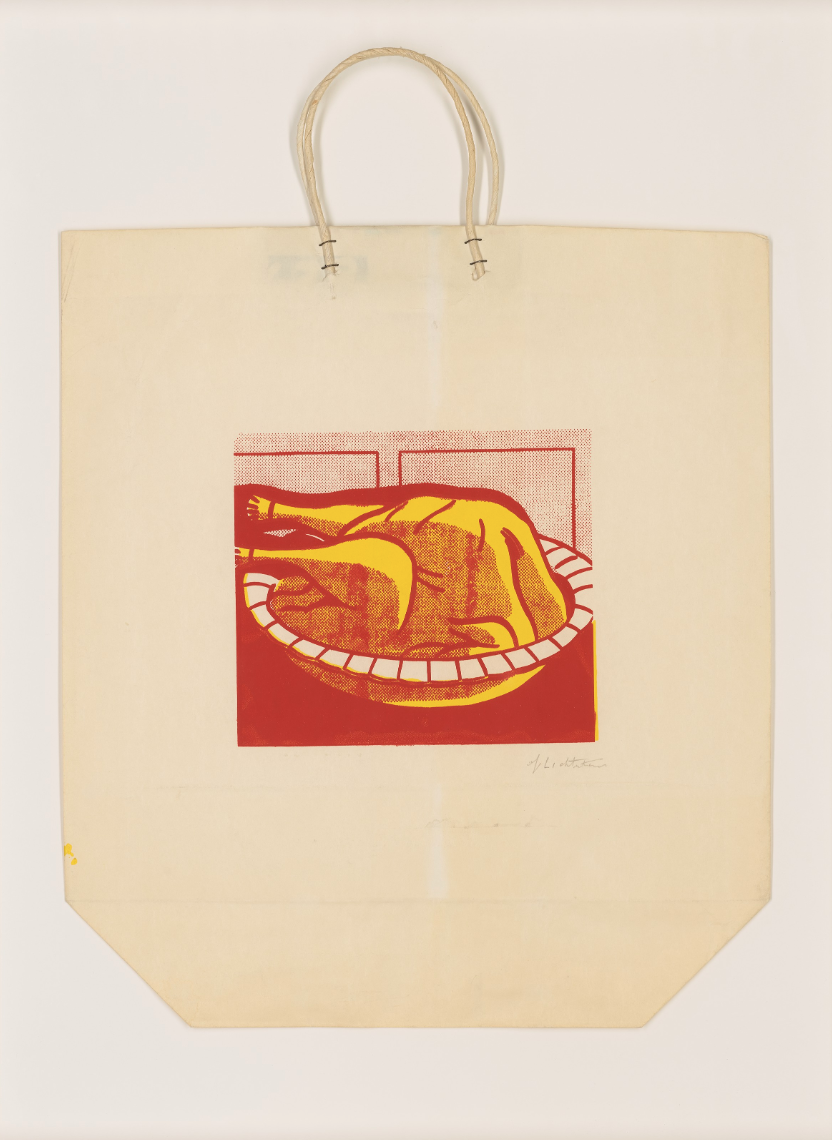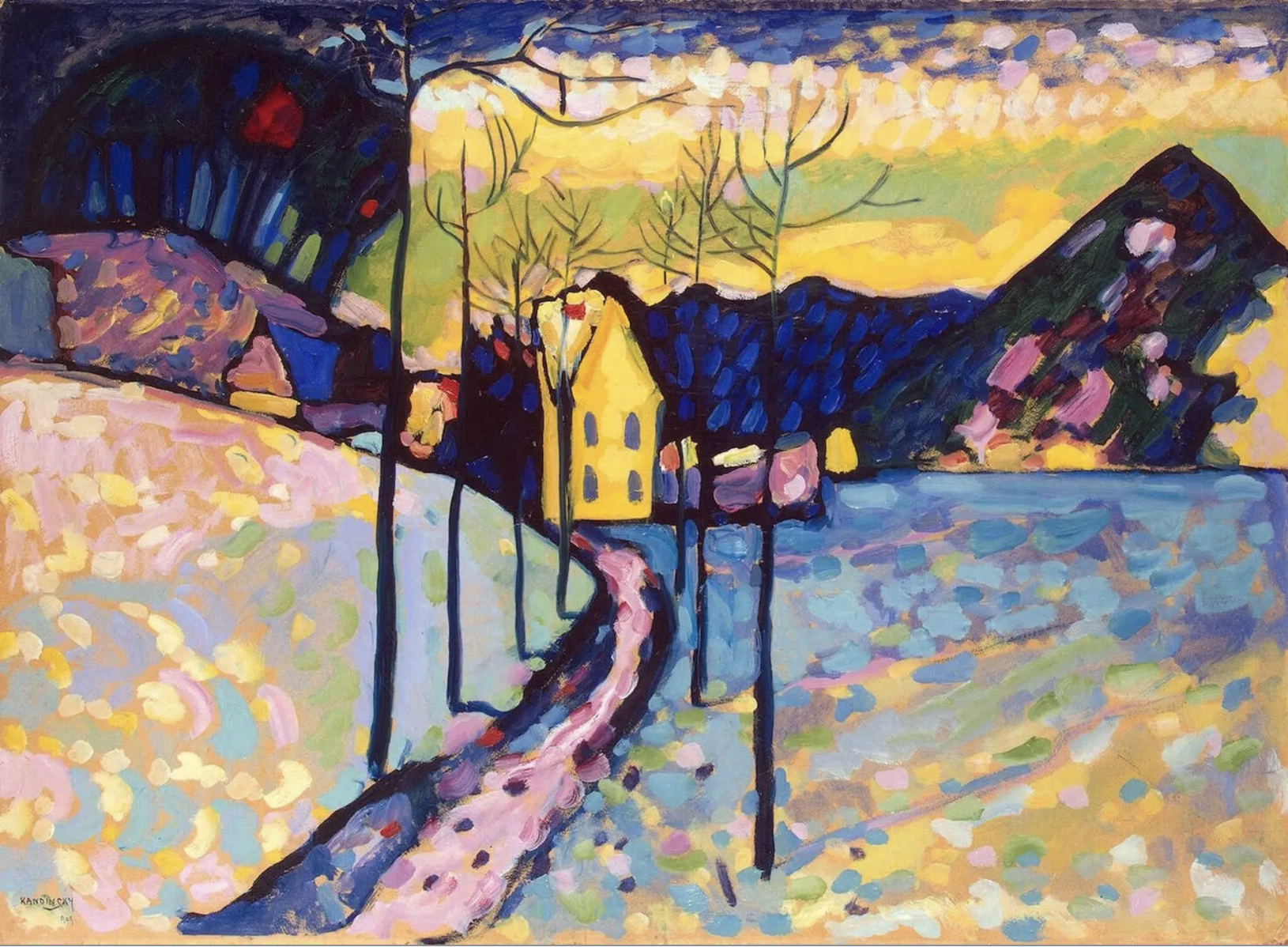
Discover Winter Landscape, Wassily Kandinsky, 1909
As our patience with winter begins to wane, we’re turning to Wassily Kandinsky to see the season in a glorious new light. The Russian theorist and “father of abstract art”, as he is often dubbed, painted this colourful vision in 1909, during the early part of his journey towards abstraction and two years before his Blue Rider Period, when his work became even more colour saturated and free. “Colour provokes a psychic vibration,” the artist once said. “Colour hides a power still unknown but real, which acts on every part of the human body.” This soul-stirring scene is a case in point, with the vivid tones of the setting sun bouncing light across the snow and bringing the scene to life. Tall, slim trees – a Kandinsky hallmark – line a path up to an inviting house.
With its bold colours and spontaneous, expressive application of paint, this work is a vibrant example of the style that Kandinsky would so famously develop over the years that followed and that would make an indelible mark on the history of Western art. The painting is currently holed up inside the Hermitage Museum in St Petersburg, so this digital image is probably the closest you will come to it for many years, but it’ll make you want to embrace the winter chill nonetheless.
With its bold colours and spontaneous, expressive application of paint, this work is a vibrant example of the style that Kandinsky would so famously develop over the years that followed and that would make an indelible mark on the history of Western art. The painting is currently holed up inside the Hermitage Museum in St Petersburg, so this digital image is probably the closest you will come to it for many years, but it’ll make you want to embrace the winter chill nonetheless.
Share




